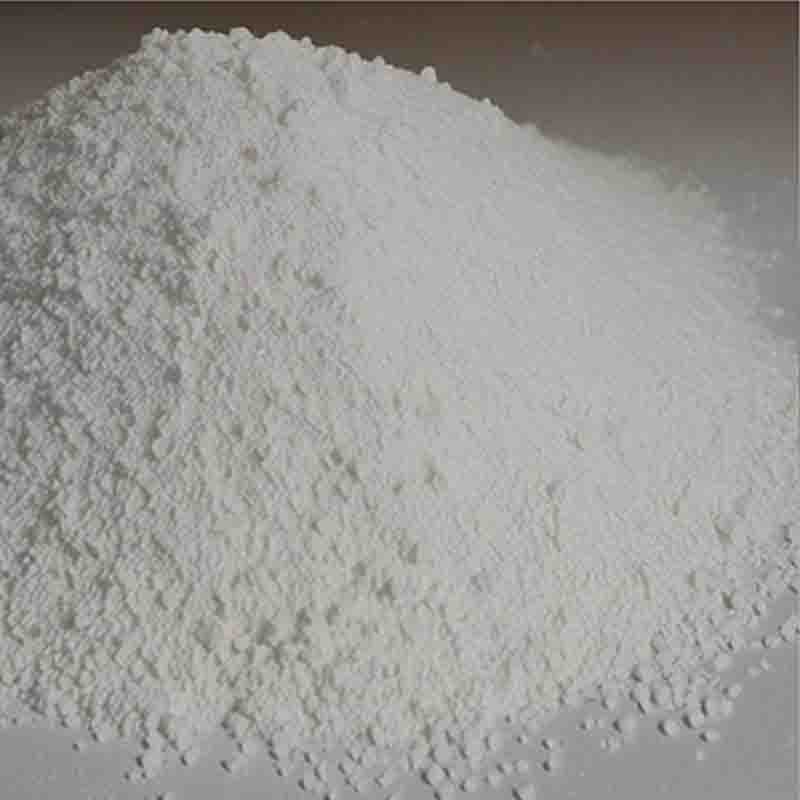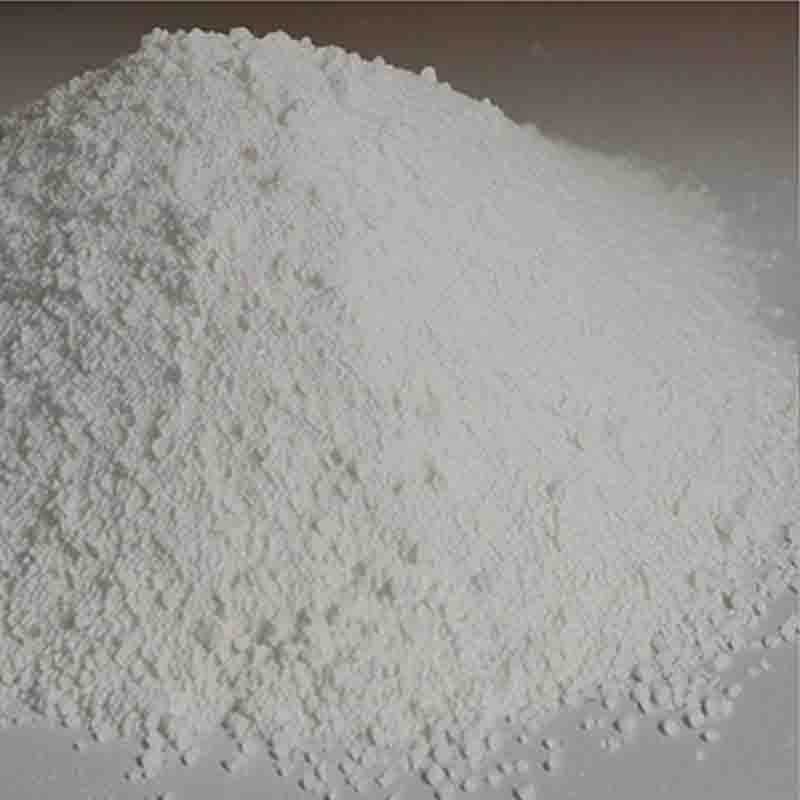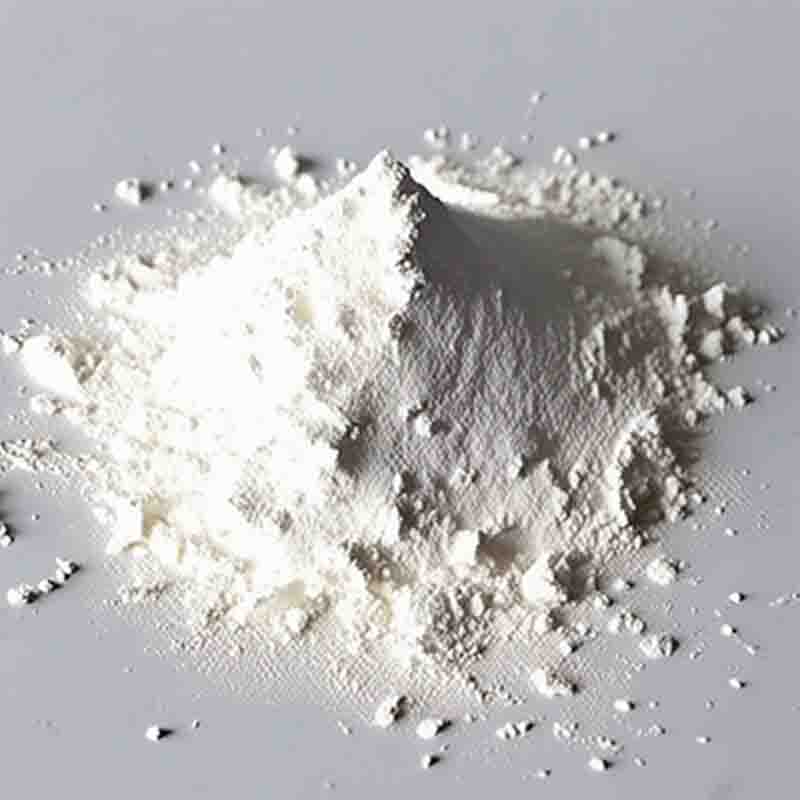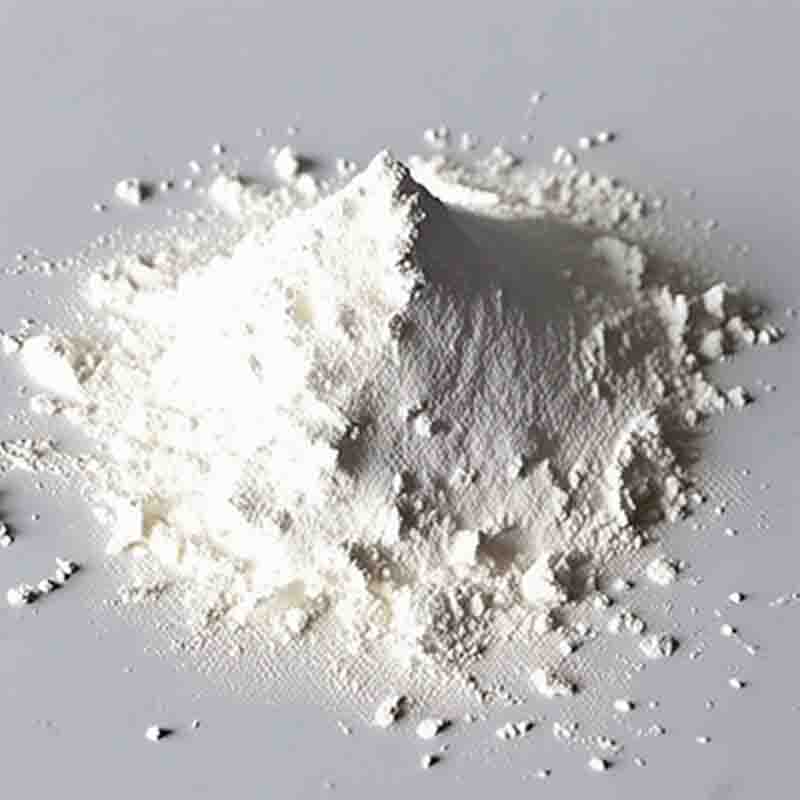TETRAKIS(ACETONITRILE)PALLADIUM(II) TETRAFLUOROBORATE CAS: 21797-13-7
| Catalog Number | XD94431 |
| Product Name | TETRAKIS(ACETONITRILE)PALLADIUM(II) TETRAFLUOROBORATE |
| CAS | 21797-13-7 |
| Molecular Formula | C8H12BF4N4Pd+(CH3)3]2 |
| Molecular Weight | 357.44 |
| Storage Details | Ambient |
Product Specification
| Appearance | White powder |
| Assay | 99% min |
Tetrakis(acetonitrile)palladium(II) tetrafluoroborate, commonly known as Pd(CH3CN)4BF4, is a coordination complex of palladium. It consists of a palladium atom coordinated to four acetonitrile (CH3CN) ligands and tetrafluoroborate (BF4) counterions. This compound is widely used as a catalyst in various organic reactions due to its unique properties.One of the key applications of tetrakis(acetonitrile)palladium(II) tetrafluoroborate is in the Suzuki-Miyaura coupling reaction. This reaction involves the cross-coupling of an aryl or vinyl boronic acid with an aryl or vinyl halide under mild conditions. Tetrakis(acetonitrile)palladium(II) tetrafluoroborate serves as a catalyst in this reaction, facilitating the formation of new carbon-carbon (C-C) bonds. The acetonitrile ligands enhance the solubility of the complex in organic solvents, allowing efficient catalysis in organic media.Another significant use of tetrakis(acetonitrile)palladium(II) tetrafluoroborate is in the Heck reaction. The Heck reaction involves the coupling of an aryl or vinyl halide with an alkene, resulting in the formation of a new C-C bond. Tetrakis(acetonitrile)palladium(II) tetrafluoroborate acts as a catalyst in this reaction, effectively mediating the formation of C-C bonds through a process known as oxidative addition and reductive elimination. The high stability and reactivity of the complex make it a valuable catalyst in Heck reactions, enabling the synthesis of a wide range of complex organic molecules.Furthermore, tetrakis(acetonitrile)palladium(II) tetrafluoroborate is employed in various other palladium-catalyzed reactions. These include carbon-carbon bond-forming reactions like the Stille, Sonogashira, and Buchwald-Hartwig couplings. These reactions allow the synthesis of diverse organic compounds by connecting different functional groups together. Tetrakis(acetonitrile)palladium(II) tetrafluoroborate serves as an efficient catalyst in these transformations, facilitating the formation of C-C bonds under mild reaction conditions.Additionally, the stability and solubility of tetrakis(acetonitrile)palladium(II) tetrafluoroborate make it suitable for use in aqueous media and biphasic reactions. This enables the catalytic transformation of water-soluble substrates and simplifies the separation and recovery of the catalyst after the reaction.It is important to note that tetrakis(acetonitrile)palladium(II) tetrafluoroborate should be handled with caution as it is air- and moisture-sensitive. It is typically used under inert atmosphere and stored in a dry environment to maintain its reactivity.In summary, tetrakis(acetonitrile)palladium(II) tetrafluoroborate is a versatile catalyst widely used in various palladium-catalyzed reactions. Its ability to mediate C-C bond formations, such as in Suzuki-Miyaura and Heck reactions, makes it a valuable tool in organic synthesis. The stability, solubility, and compatibility with aqueous environments further enhance its utility in a range of chemical transformations.









